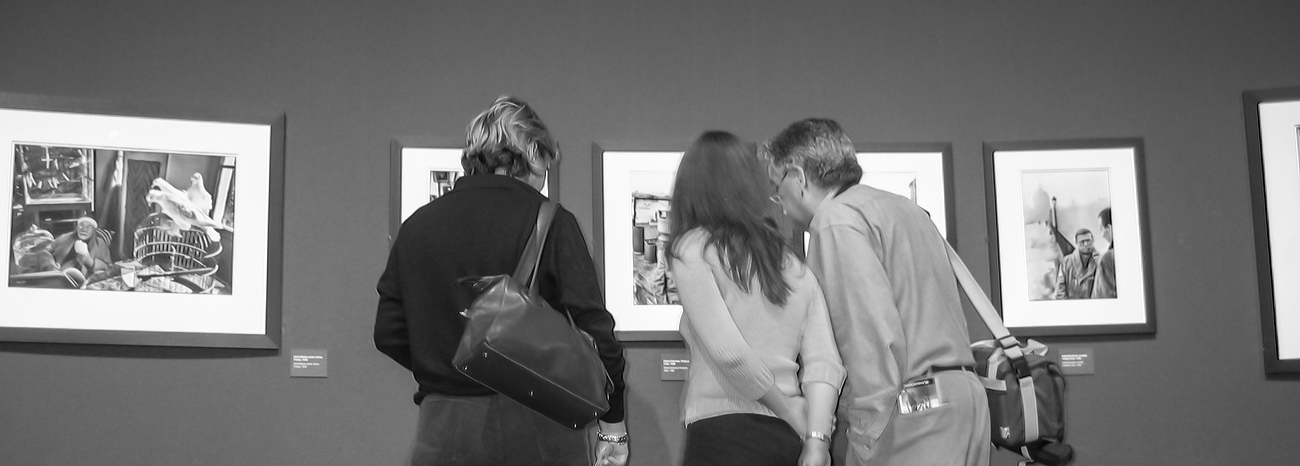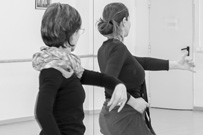
Barcelona's CaixaForum: Exploring the City's Cultural Heritage
From its beginnings as a textile factory to its current state as a cultural and educational center, the CaixaForum showcases Barcelona's heritage as a culture-creating and culture-celebrating city.
The CaixaForum is housed in the modernist Casaramona, a textile factory designed in 1909 by Josep Puig i Cadafalch. The completed building was the capstone of Cadafalch's Art Noveau exploration.
For many decades, the building languished in mundane roles: a warehouse for the 1929 World's Fair, and a home for police horses.
The La Caixa Foundation restored and enlarged the building, adding 6,000 square meters under the original structure to create a multi-purpose cultural and social center to be enjoyed by all ages.
The CaixaForum Barcelona officially opened in 2002.
One of the first things that captures your attention as you approach the CaixaForum, aside from the splendor of the beautifully restored brick building, is the enormous steel and glass structure marking the path to the main entrance below.
Two magnificent trees with solid limbs branch out under a soft canopy of clear glass. In the shade of these steel giants lie the escalators that take you into the open white stone courtyard below.
This courtyard conceals a secret garden where a fine sheet of water flows under perfectly aligned slabs of white stone.
Though quite different from the modernist building, this multilevel courtyard, the work of the Japanese architect Arata Isozaki, does not seem out of place and provides a smooth transition into the CaixaForum.
After passing through the courtyard you go through a single revolving glass door into the main lobby, where you can pick up literature on the exhibits and a calendar of events at the information desk, visit the store or the Mediateca (media library), and explore the open spaces and the colorful wall drawing by the American artist Sol LeWitt.
This underground addition to the building also houses a modern multi-purpose auditorium which is host to a wide range of cultural activities open to the public such as concerts and talks, usually for a very modest admission fee.
The escalator takes you up to the three exhibition halls, the cafeteria and the open Arts Laboratory.
One of the exhibition rooms permanently houses the Foundation's Contemporary Art Collection, one of the largest in Europe. Its more than 800 items are rotated periodically so that over time the entire collection is displayed.
The Arts Laboratory is an interactive hall where a wide range of activities takes place, all of which are designed to teach aspects of culture and art through experiential learning.
The CaixaForum is a wonderful way to spend a few hours in Barcelona. The attraction is a combination of Catalán Modernism and contemporary architecture is unobtrusive, symbiotic and visually appealing.
- Barcelona's city council named the original textile the best industrial building of 1911.
- In 1940, the building was used to house the horses and vehicles of the National Police Force.
- Famed Japanese architect Arata Isozaki designed the CaixaForum's courtyard
Opening Hours for CaixaForum :
| Date | Opening Times |
| Daily (including holidays) | 10 a.m. to 8 p.m. |
| July & August: | Normal hours, plus special hours on Wednesday (10 a.m. to 11 p.m.) |
| Closed | December 25 and January 1 and 6. |
Location & Contact Information:
- CaixaForum address: Av. de Francesc Ferrer i Guàrdia, 6-8 08038
- CaixaForum telephone number: +34 93 476 86 00
- How to get to Caixa Forum: You can take the red or green metro lines to the "Placa Espanya" stop. It is an easy 10-minute walk from there.








 Tel:
Tel:

 Client Gallery
Client Gallery

